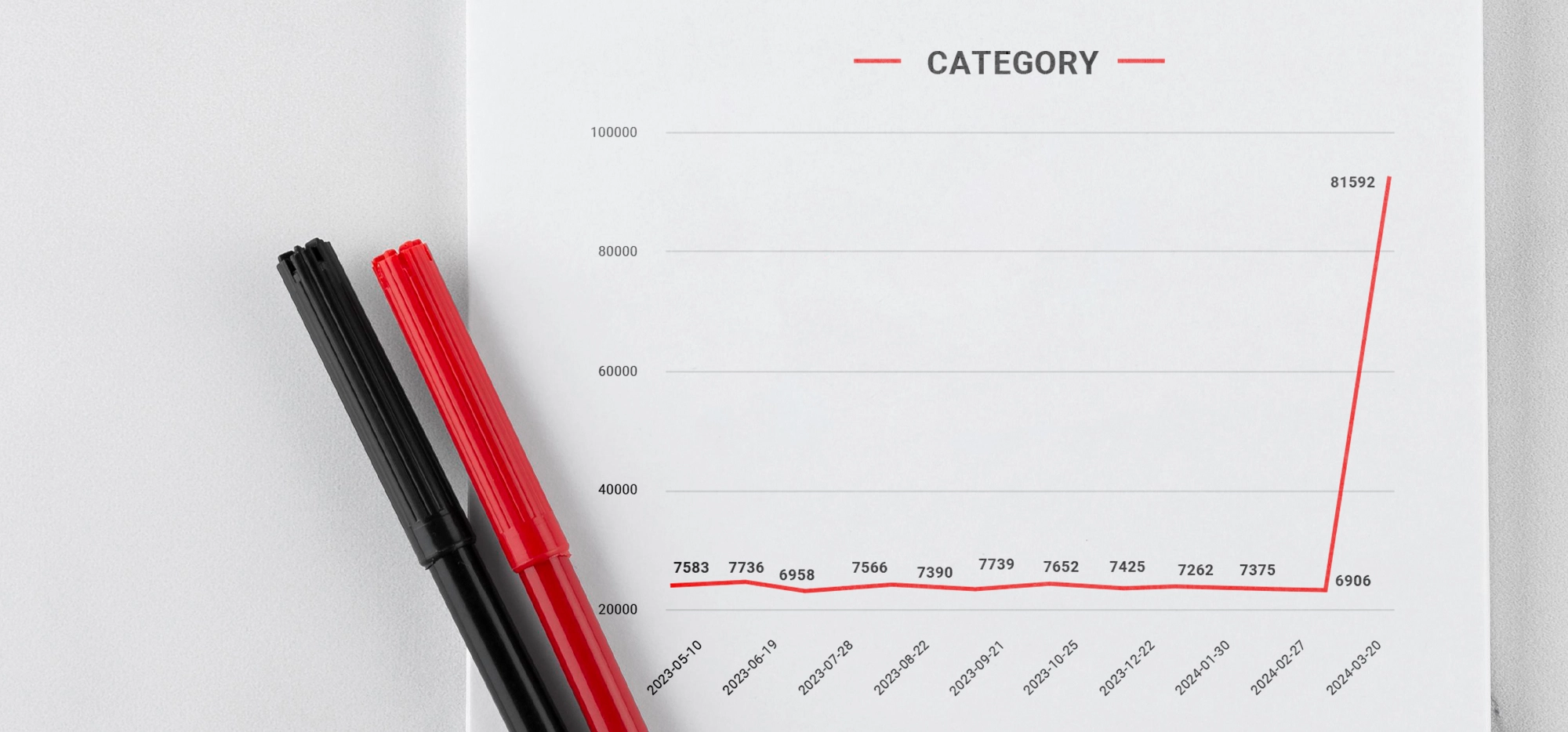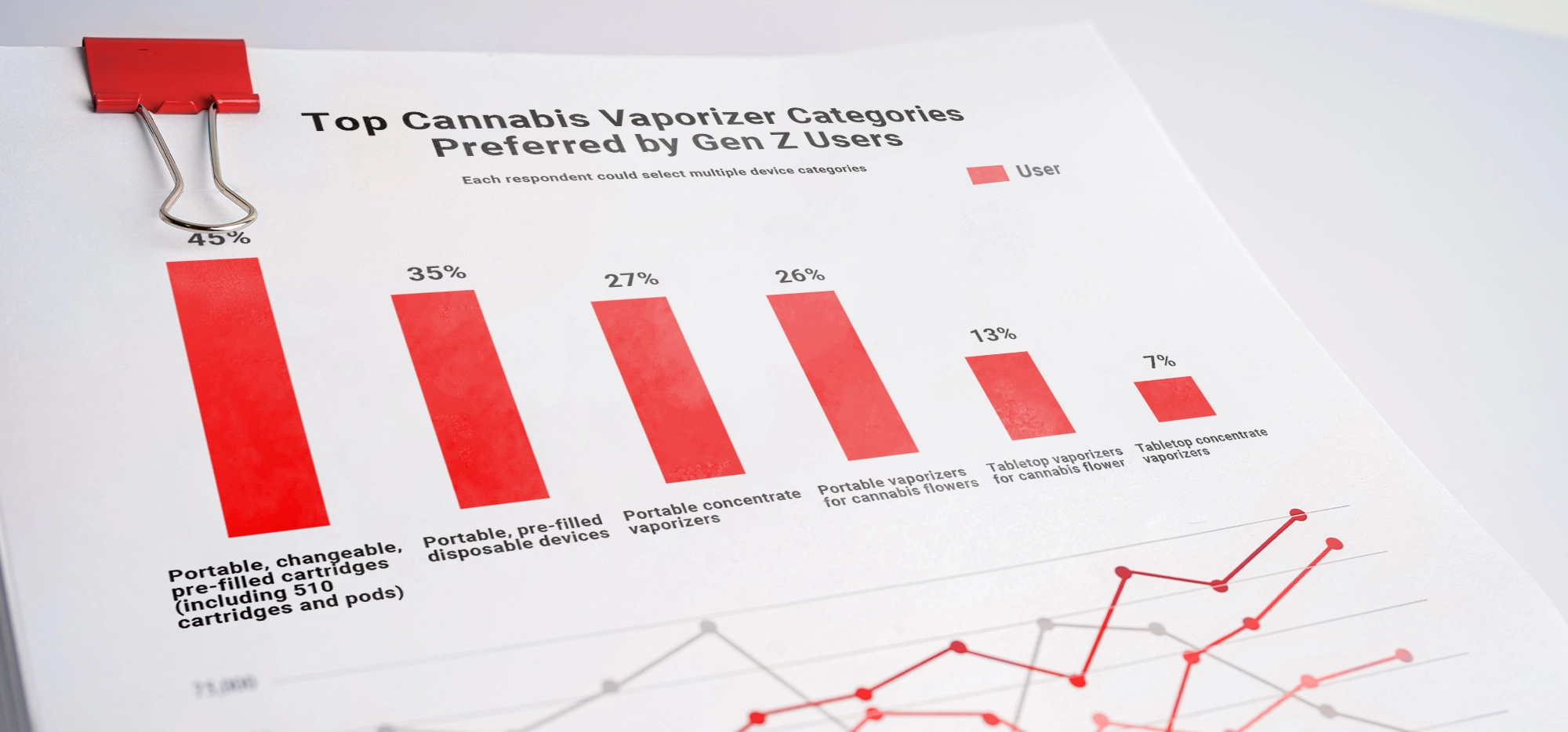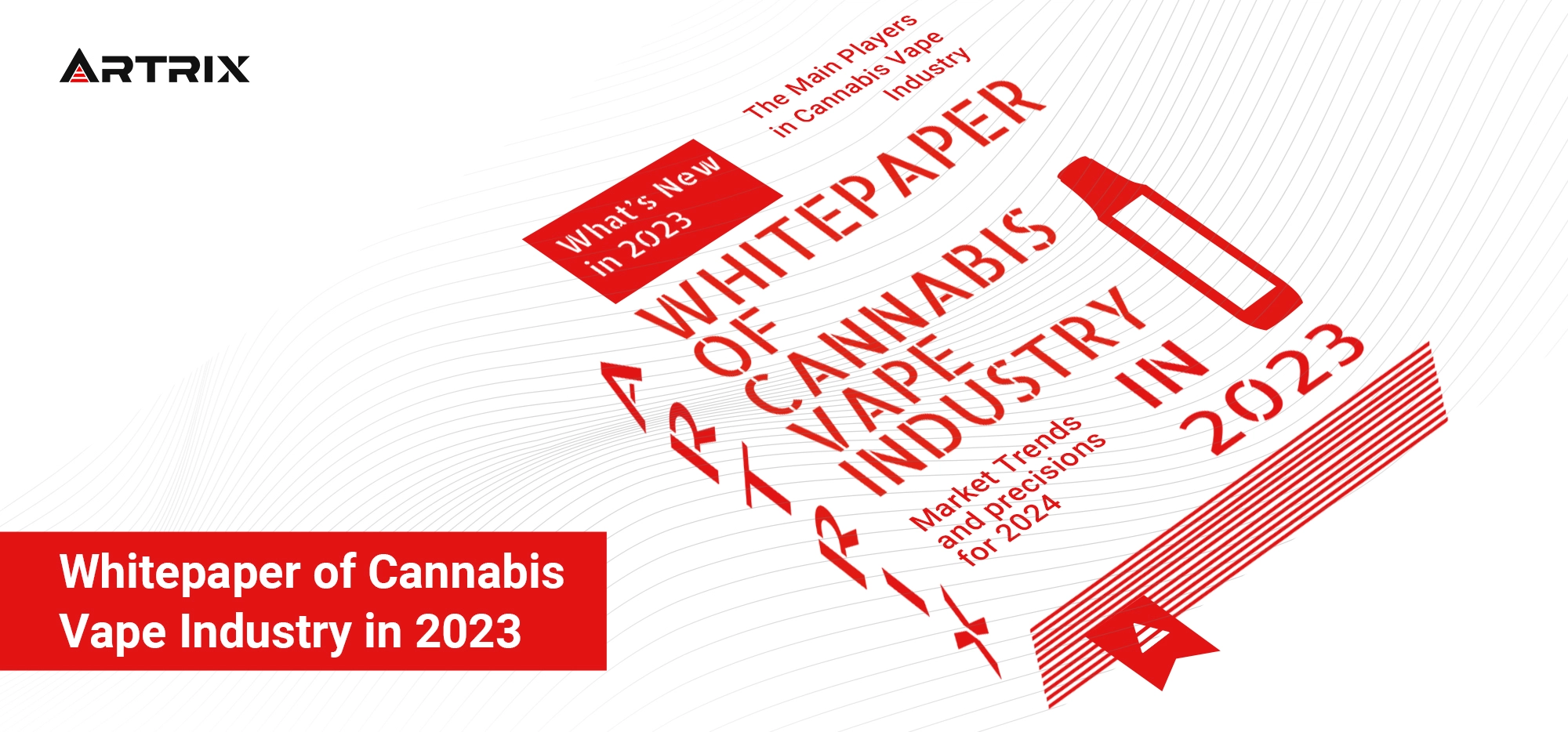Pricing Strategy: How to Stay Profitable in the Tough Cannabis Market
Too much supply, not enough demand, plunging prices, heightened competition in other states, the allure of the black market, a lack of cannabis tourism, and more. That’s on top of the shaky economic forecast for the rest of the year, even though inflation is steadily slowing.In the fiercely competitive cannabis market, businesses are feeling the pressure more than ever.

Surviving price drops requires adaptability, revealing a critical lesson: Success in the Cannabis Sector Doesn’t Happen Overnight.
This article, leveraging sharp insights into new trends, features Artrix’s Astick, a POSTLESS disposable product. It helps brands develop effective product strategies to thrive in a cutthroat market.
Cannabis Market Issues: Price Compression of Cannabis Products
Price compression has always been an inevitable issue in the cannabis industry. As the market becomes saturated with too many products and cultivation operations, the excess supply drives prices down, resulting in lower profit margins for businesses. This competitive pricing environment is worsened by the unregulated and black market competition, further squeezing the regulated market’s profitability.
What is Price Compression?
Price compression in cannabis refers to the falling prices at which products are being sold. Prices are driven down or “compressed” to lower levels, leaving retailers with lower profit margins.

Challenge1: Oversupply and Underdemand
Let’s look at Colorado as an example. The state’s cannabis market is facing tough times due to an oversupply and not enough demand. After a surge in sales post-legalization and during the COVID-19 pandemic, the market is now oversaturated. There’s simply too much cannabis and not enough buyers. This has caused prices to fall sharply (price compression), putting pressure on businesses to stay profitable.
This supply and demand mismatch is made worse by new legal cannabis markets in nearby states, which draw away visitors who used to come to Colorado for cannabis. This shift is straining the economy, hitting smaller businesses particularly hard with some having to shut down or lay off workers, which hurts the industry’s job market.
Challenge2: Rising Competition
As recreational marijuana becomes legal in more US states, new markets are popping up, increasing competition for well-established cannabis markets and making it tougher to keep customers. This has led to lower sales and falling prices. Large cannabis companies have had to cut back or even leave some states. For instance, Curaleaf closed its operations in California, Oregon and Colorado.
This rise in competition from nearby states is eating into the local market shares and reducing the profits and sustainability of businesses in older cannabis markets. Recent data from the BDSA shows that this is exacerbating the industry’s economic struggles. Due to the industry’s rapid growth and changes in what consumers want, average retail prices are set to plummet by 30% between Q3 2021 and Q3 2023.
Challenge 3: Untaxed products and Gray Markets
Untaxed products are cheaper than the regulated and taxed cannabis sold in dispensaries. This lower price attracts many consumers away from the legal market, leading to a significant drop in demand for legal cannabis. As a result, legal cannabis businesses are facing a decrease in sales and profit margins.
The gray market adds complexity to regulation and poses ongoing policy challenges because it’s hard to control unregulated products. This not only affects the financial health of legal cannabis businesses but also puts more pressure on the regulatory framework to close gaps that allow these untaxed and unregulated alternatives to spread.
Facing Price Compression: Developing Effective Product Strategies
As the cannabis industry grows after legalization, it’s clear that price compression is a major market influence. This situation provides a framework for developing effective strategies to manage both the challenges and opportunities of price compression. By combining innovation with strategic business insight, brands can effectively overcome these hurdles.

Astick by Artrix is a powerful solution for cannabis brands tackling price compression challenges. By balancing cost-effectiveness with high quality, Astick as a POSTLESS disposable vape keeps production costs down while ensuring the products perform well. This approach lets partners sell Astick vapes at competitive prices, reaching a wider audience without hurting profits. This pricing strategy helps capture bigger market shares and maintain high profits.
Furthermore, Astick’s design as a stylish yet discreet vape product enhances its market position against price pressures. Its transparent, postless design makes it easy for users to check oil levels and enjoy its sleek look. This appeals to modern consumers looking for fashionable, functional gadgets. Attracting fashion-forward young buyers and boosting customer satisfaction are key for building brand loyalty in competitive markets.
Challenges are widespread, impacting cannabis brands everywhere, but this dynamic environment also holds untapped opportunities. Artrix’s insights navigate through the uncertainties, reflecting not just current market conditions but also providing a vision for the future.



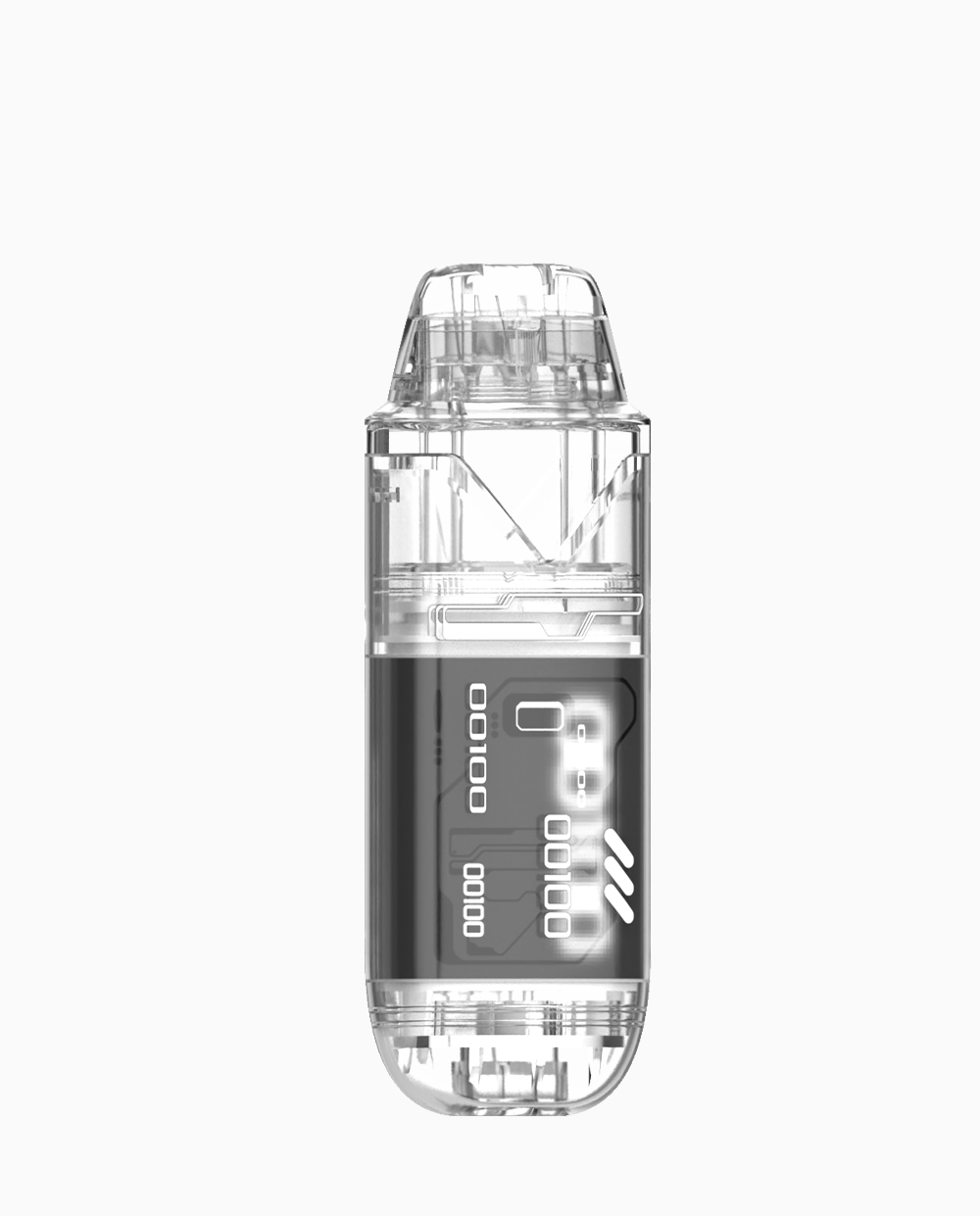










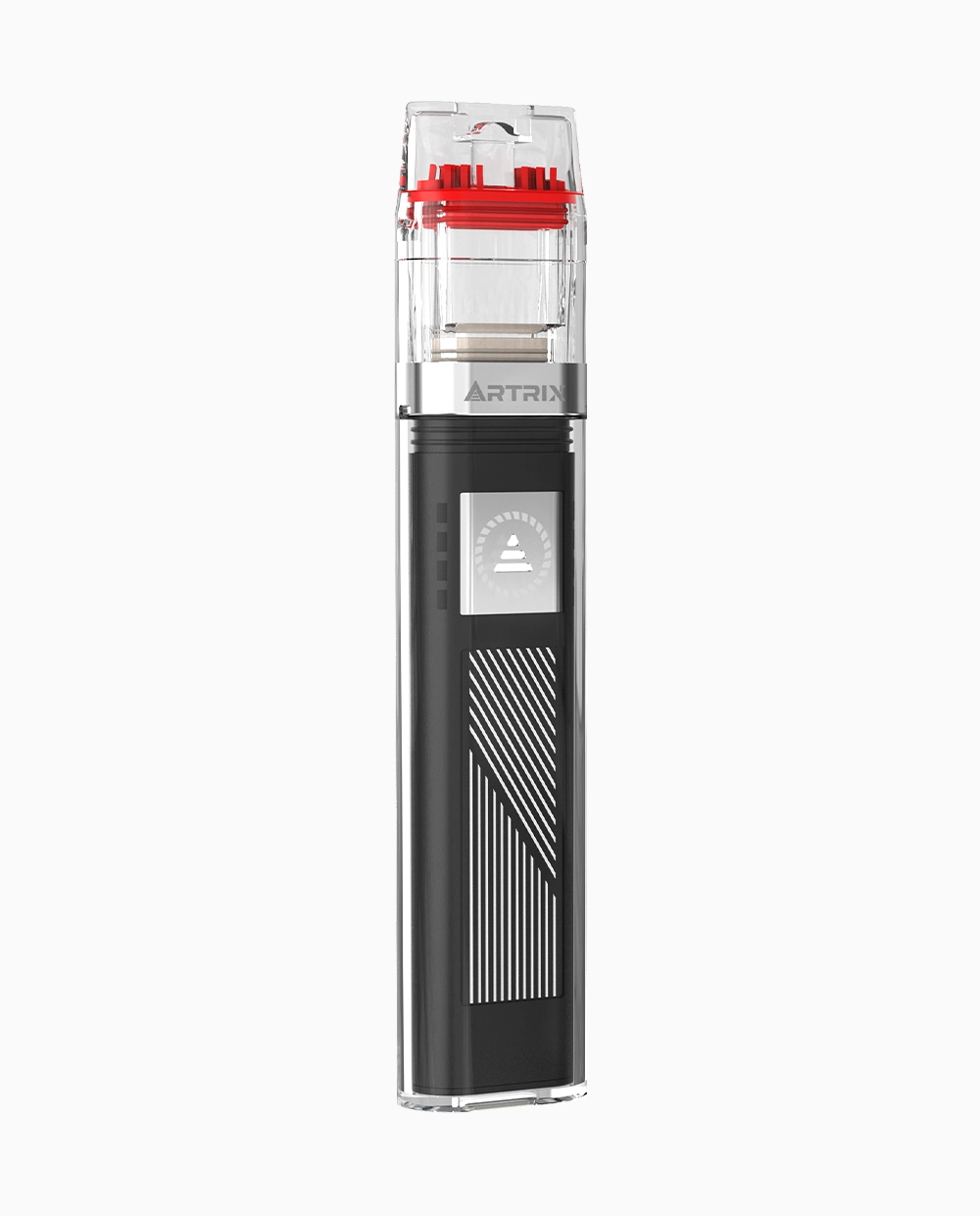
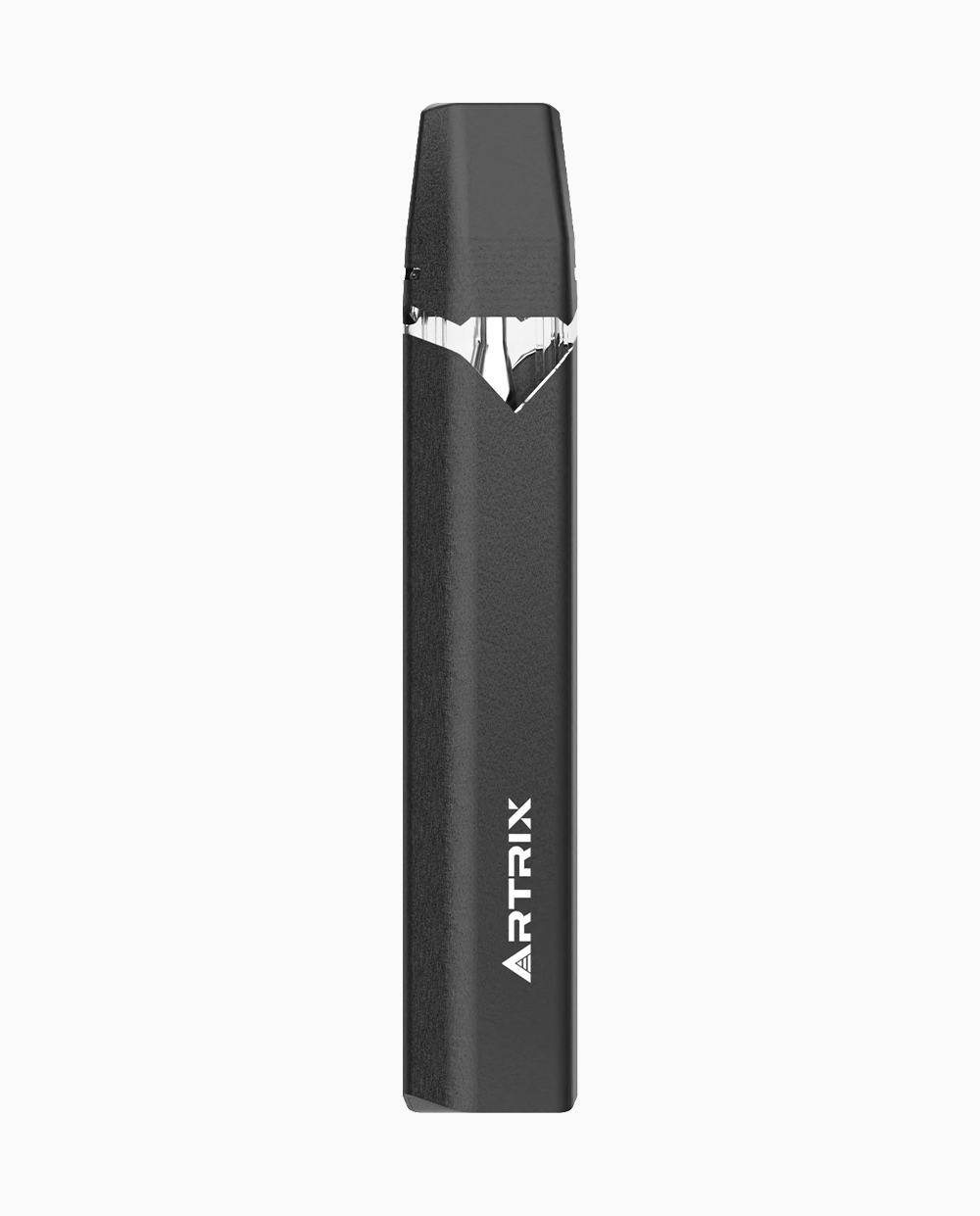



-1.webp)
-1.webp)
-2.webp)























